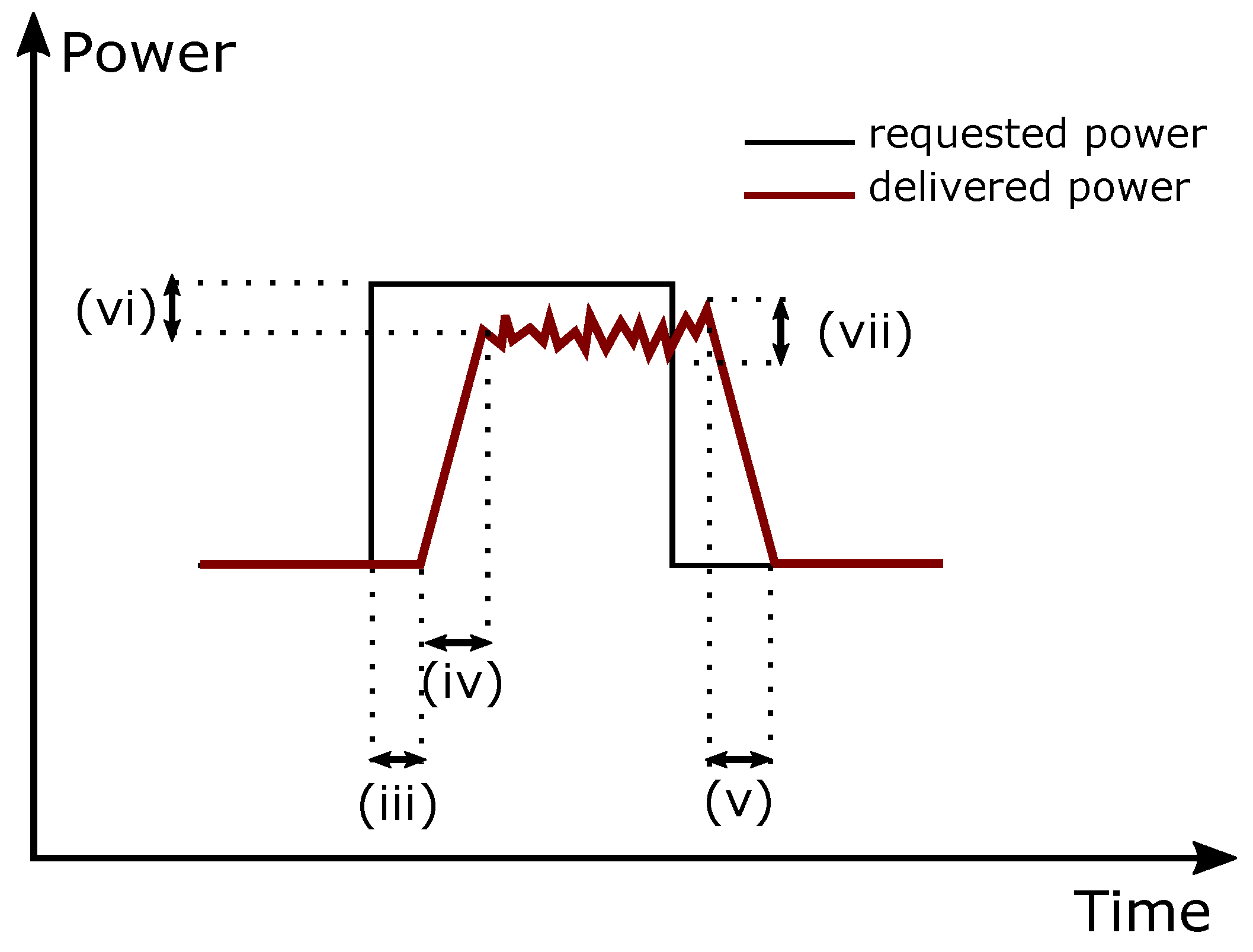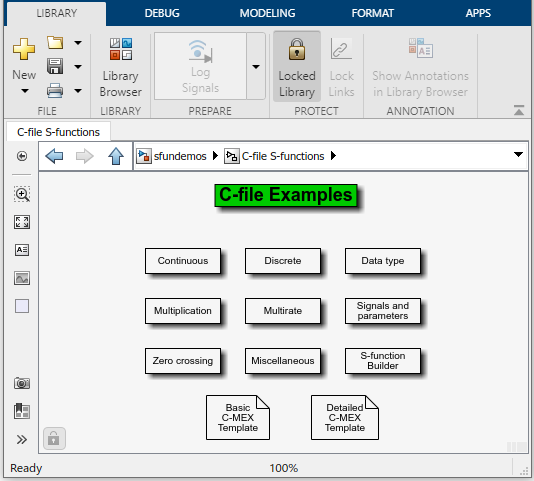
The empathetic ability to share the feelings of others ultimately results in a better understanding of the present and future mental states and actions of the people around us, which may promote prosocial behavior. It is not difficult to see that experience sharing is a process of getting experience from the outside to the inside, mentalization involves bringing the external stimulus into the individual, and prosocial behavior involves expressing empathy of an individual from the inside to the outside. Experience sharing refers to indirectly experiencing the internal state of targets ( Gallese et al., 2004), mentalization refers to explicitly considering the state of targets and the source of their emotions ( Leslie et al., 2005), prosocial concern refers to expressing feelings about targets (such as reducing their pain) ( Danielbatson, 2011). Zaki and Ochsner (2012) concluded that the three related processes are: experience sharing, mentalizing, and prosocial concern. It is a complex and multilevel concept, which researchers have many different views on the processing of empathy.


Empathy is commonly defined as the understanding of the feelings and emotional states of others ( Singer, 2006). Scientists believe that empathy is an important part of human communication that puts us at our best in a world of diversity. This study provides new neurophysiological characteristics for an understanding of the regulate relationship between empathy and disgust and provides a new perspective on emotion and attention. The results showed that: (1) there was a significant positive correlation between empathy and disgust sensitivity (2) the empathy score and the intensity of transition possibility between EEG-ms C and D were significantly positively correlated and (3) the connection strength between the transition possibility of EEG-ms C and D could adjust the relationship between the disgust sensitivity score and the empathy score. What are the neurophysiological characteristics for regulating the levels of empathy and disgust? To answer this question, we collected electroencephalogram microstates (EEG-ms) of 196 college students at rest and used the Disgust Scale and Interpersonal Reactivity Index. As a negative emotion, disgust processing involves insula coupling. Studies have shown that individuals with high empathy have high anterior insula and adjacent frontal operculum activation when they are aware of negative emotions in others.

This is the phenomenon of empathy, which requires us to mentally represent external information to experience the emotions of others. Humans have a natural ability to understand the emotions and feelings of others, whether one actually witnesses the situation of another, perceives it from a photograph, reads about it in a fiction book, or merely imagines it. 3School of Nursing, Xinxiang Medical University, Xinxiang, China.2Department of Psychology, Xinxiang Medical University, Xinxiang, China.1Department of Psychiatry, Henan Mental Hospital, The Second Affiliated Hospital of Xinxiang Medical University, Xinxiang, China.Meng Zhang 1,2 * †, Zhaoxian Li 1,2 * †, Li Wang 2, Shiyan Yang 2, Feng Zou 2, Yufeng Wang 2, Xin Wu 2 and Yanyan Luo 3 *


 0 kommentar(er)
0 kommentar(er)
